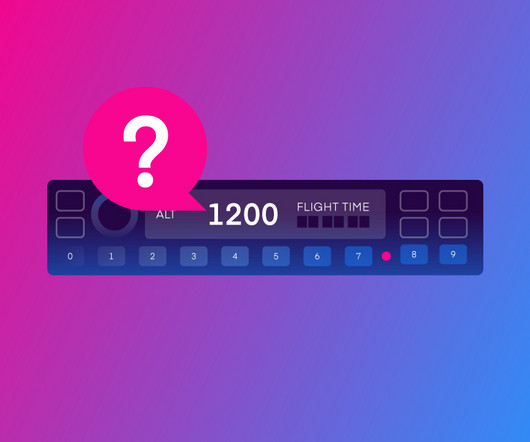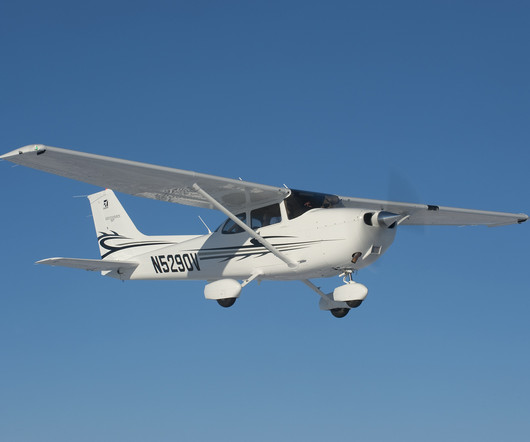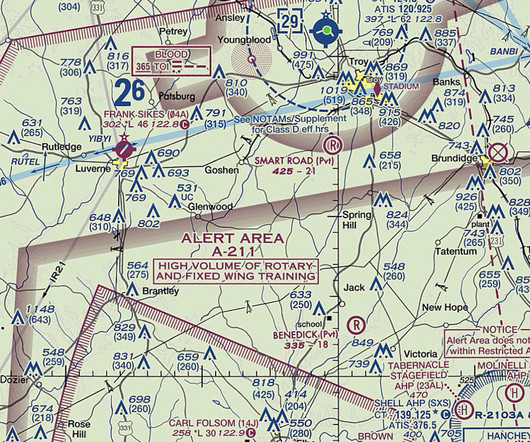Transponder Codes Made Easy: A Pilot’s Survival List
Pilot Institute
FEBRUARY 28, 2025
Pilots and ATCs daily use transponder codes, also known as squawk codes. Lets examine the key transponder codes, what they mean, and how useful they can be when used correctly. Lets examine the key transponder codes, what they mean, and how useful they can be when used correctly. What Are Transponder Codes?














Let's personalize your content